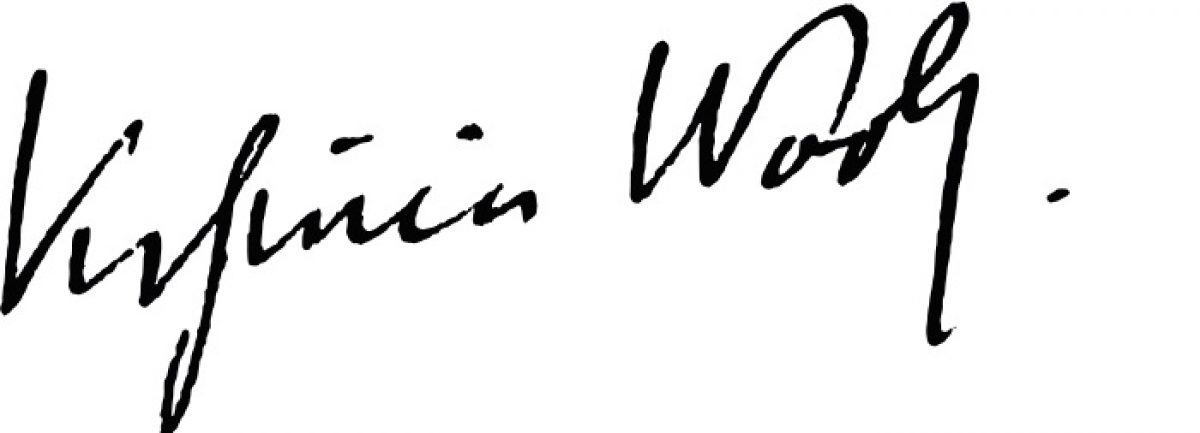diary xxi: 13 January 1932 – 3 January 1933
Well, now ’tis really a new book in order! The Woolf’s returned to London on 10 January, and Diary XXI begins.
Wednesday 13 January 1932: Being back means also returning to all the chores and irritations surrounding the Press – staff are ill or just not there (when needed) and/or John (Lehmann) is being bossy and/or presumptuous of his position – and Virginia is beginning to wonder at its longevity, and that of herself and of Leonard. And should it be “20 years”, will she get written the “4 novels” in her head? And, Lytton is still alive – but only just. Any wonder, perhaps, as her fiftieth birthday approaches, that she should again be obsessing on mortality. Virginia Woolf says: Ethel (Smyth) says Hilda (Matheson) says Vita is working manically to keep the Nicolsons afloat – ‘keeping sons at Eton & Long Barn & Siss[inghurs]’ [p.63] costs it would seem!
The next day the Woolfs drive down to Ham Spray and visit Lytton. In the nick of time one could say, for Virginia writes on Friday 22 January: ‘Lytton died yesterday morning’ [p.64], and she writes of the mood the evening before at a party for Angelica in Vanessa’s Fitzroy Street studio. She muses on loss ‘[…] the thing we shall never have again’ [p.65]. January ends with Lytton everywhere, Oliver Strachey to visit with tales of wives – present (Ray, of course) and former, a grotesquely re-imagined tea with Mrs. Woolf, and (we are told on 1st February) an evening visit with Roger Fry and Helen Anrep and a meeting with a certain Gerald Heard who impressed only in regaling them with the news of Leonard Elmhirst and the very monied Dorothy Whitney Straight and their plans for Dartington Hall and experimental farming and educational programs. But all the talk of re-wilding (well before the invention of the word I would proffer!) must have inspired her, because the 2 February entry begins: ‘I am reading Wells’ science of life […]’ (actually, The Science of Life, written by H.G. Wells, Julian Huxley and G.P. Wells, the US edition from 1935 here at the Internet Archive). And with this she begins a vivid “conversation piece” from the evening before [p.68] with Ethel Smyth making a typicallyt dramatic entrance; whereby “conversation” being somewhat of a stretch, for, as VW tells it, Ethel alone comes to word.
The next day, 3 February, VW has the opportunity to, again, ‘artfully contrive’ [p.70] the conversational banter of the night before – this time at Clive’s in the company of intimates: Roger, Vanessa, Duncan – on being admired and admiring, on Roger’s painting of Lytton, of Lytton’s will and who’s getting what (Senhouse gets his books) or not, on what now for Carrington, or not. The plight of the impoverished painter, Bernard Meninsky. And that of William Jowitt (in the wake of the political crisis of August 1931) . Roger makes a case for The Good Earth and Pearl Buck and Clive, Baron Corvo.
Thursday 4 February 1932: Poignantly, Woolf shares her feelings in a way that we may now think about as a particular “stage of grief”. Lytton was not just her own personal loss, he was famous in his lifetime. But how does one adequately grieve and memoralize someone who left no place for commemoration. And how tenuous is this fame thing anyway? What is left of her father’s legacy? And, what will remain of her?
Lytton haunts all of the entries that February, but Woolf reads John Donne’s An Anatomie of the World (1611) – no mean feat; goes to Roger’s lecture on French Art at the Queen’s Hall; lunches, dines out and in – with the Keynes’ (Maynard, too, is disconcerted that Lytton had absolutely no farewell “[carrying] unconvention too far…” [p.78], Desmond, Ottoline, Ethel; attends a recital (the Busch Quartet). And: “…ten thousandth copy of the Waves: …beats all my novels …” [p.79]. On 29 February Virginia is asked by Trinity College to deliver the Clark Lectures, and is inclined to refuse, which after further dithering (see entry 3 March), then not mentioning it again, she obviously does – which is a pity, for her father gave the first lecture in 1888 and she would have been the first woman to do so, and they do remain to this day rather prestigious.
Last updated: May 15 2025 [IV VW Diary, 29 February 1932]
